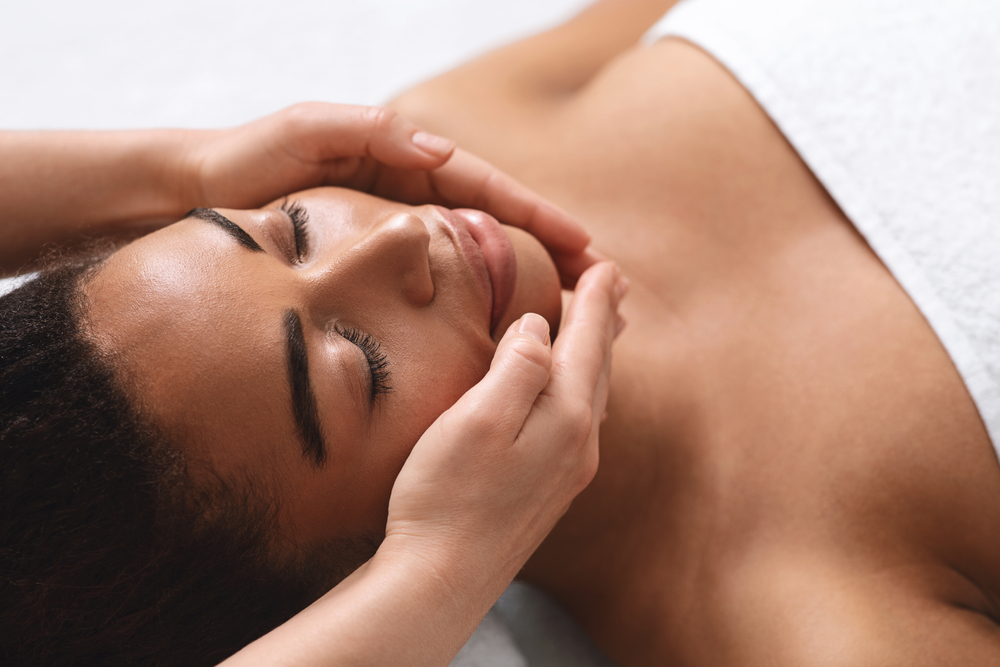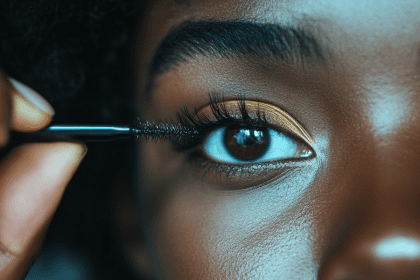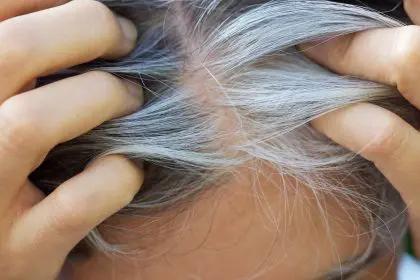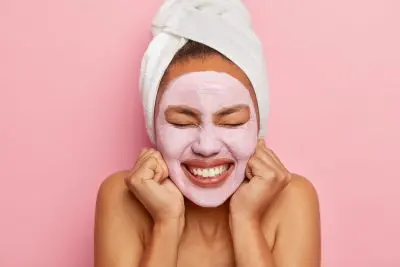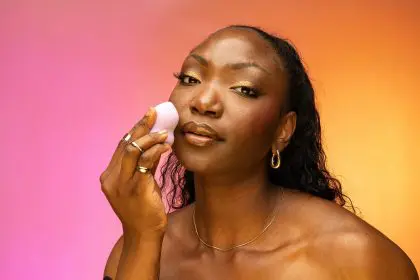In the heart of Harlem, a Black-owned wellness center is redefining the boundaries of urban self-care, offering innovative treatments that blend traditional techniques with modern therapeutic approaches. Vanity House, under the direction of owner Tasama Craig, has emerged as a beacon of holistic wellness in a neighborhood traditionally underserved by luxury spa establishments.
The evolution of urban wellness in Harlem
As wellness trends continue to shape the cultural landscape of New York City, Vanity House represents a significant shift in the accessibility and sophistication of self-care services in historically diverse neighborhoods. The establishment’s comprehensive approach to wellness, combining aesthetic services with therapeutic treatments, reflects a growing demand for integrated health and beauty solutions.
Cultural significance
The presence of a Black-owned luxury wellness center in Harlem carries particular significance, addressing a longstanding gap in high-end wellness services in communities of color. This establishment challenges traditional narratives about the location and accessibility of premium wellness services.
Innovation in facial therapy
Among the center’s most distinctive offerings is the Buccal facial, a specialized treatment that has gained prominence in wellness circles for its unique approach to facial rejuvenation. This technique, often described as a non-surgical alternative to traditional facelifts, involves both external and intraoral massage techniques to achieve dramatic results.
The treatment protocol begins with careful preparation using antioxidant-rich grapeseed oil, followed by precise manipulation of facial muscles both externally and internally. This dual approach targets deep facial tissues typically unreached by traditional facial treatments, promoting improved circulation and natural contouring effects.
Therapeutic innovations
The center’s approach to lymphatic drainage represents another frontier in urban wellness services. This specialized massage technique, focusing primarily on the abdominal area, demonstrates the establishment’s commitment to treatments that offer both immediate and long-term health benefits.
Scientific foundation
The therapeutic benefits of lymphatic drainage extend beyond simple relaxation. The treatment’s ability to stimulate the body’s natural detoxification processes while reducing fluid retention has made it increasingly popular among health-conscious urbanites seeking holistic approaches to wellness.
Economic implications
The pricing structure at Vanity House reflects both the premium nature of its services and the economic realities of operating a high-end wellness establishment in an urban setting. With Buccal facials priced at $150 and lymphatic drainage sessions at $180, the center positions itself in the luxury wellness market while maintaining accessibility to local residents.
This pricing strategy raises important questions about the balance between providing premium services and maintaining accessibility in historically underserved communities. The success of this model could influence future wellness developments in similar neighborhoods.
Industry impact
The emergence of establishments like Vanity House signals a broader shift in the wellness industry’s approach to urban markets. The center’s success challenges conventional wisdom about the viability of luxury wellness services in neighborhoods traditionally overlooked by high-end establishments.
The comprehensive nature of the center’s offerings, from specialized treatments to post-service amenities like an in-house coffee shop, demonstrates an understanding of modern wellness consumers’ desires for integrated experiences. This holistic approach to service delivery could set new standards for urban wellness establishments.
Future implications
The success of Vanity House suggests growing opportunities for similar establishments in other urban neighborhoods. As awareness of wellness services continues to expand across demographic groups, the demand for sophisticated, culturally aware wellness centers may increase.
The establishment’s emphasis on innovative treatments, combined with its attention to cultural sensitivity and community integration, provides a potential blueprint for future wellness entrepreneurs seeking to serve diverse urban markets.
The integration of traditional wellness services with innovative treatments at Vanity House represents a significant evolution in urban self-care options. As the wellness industry continues to expand, establishments that successfully combine luxury services with cultural awareness and community integration may increasingly shape the future of urban wellness.
The center’s success in establishing a premium wellness experience in Harlem demonstrates the viability of luxury services in historically underserved neighborhoods. This model challenges industry assumptions about market demographics while providing essential services to communities traditionally excluded from high-end wellness offerings.
As urban wellness continues to evolve, establishments like Vanity House may increasingly influence industry standards for service delivery, cultural sensitivity, and community engagement. The center’s approach to combining innovative treatments with accessible luxury could serve as a model for future wellness developments in diverse urban settings.

